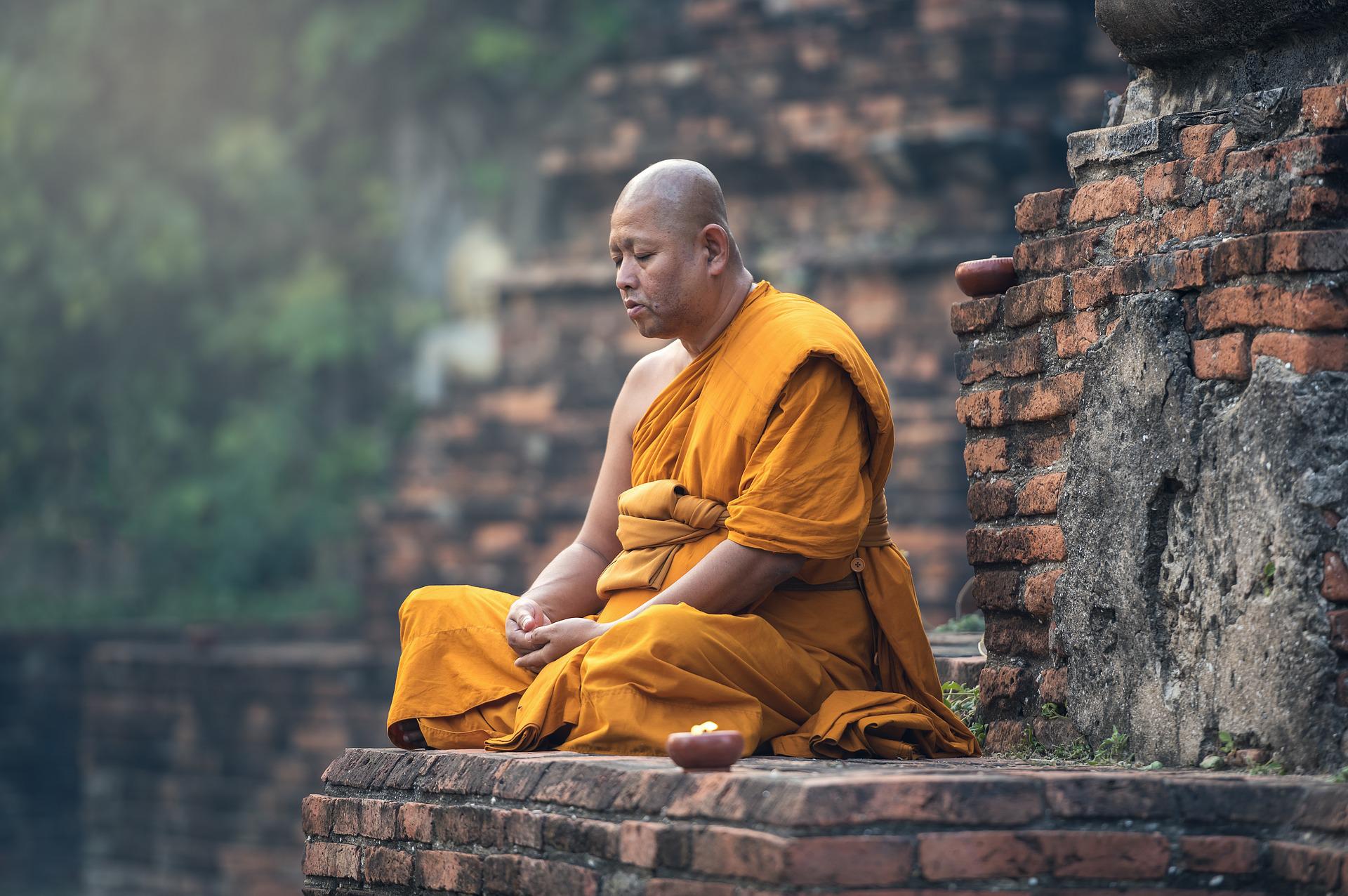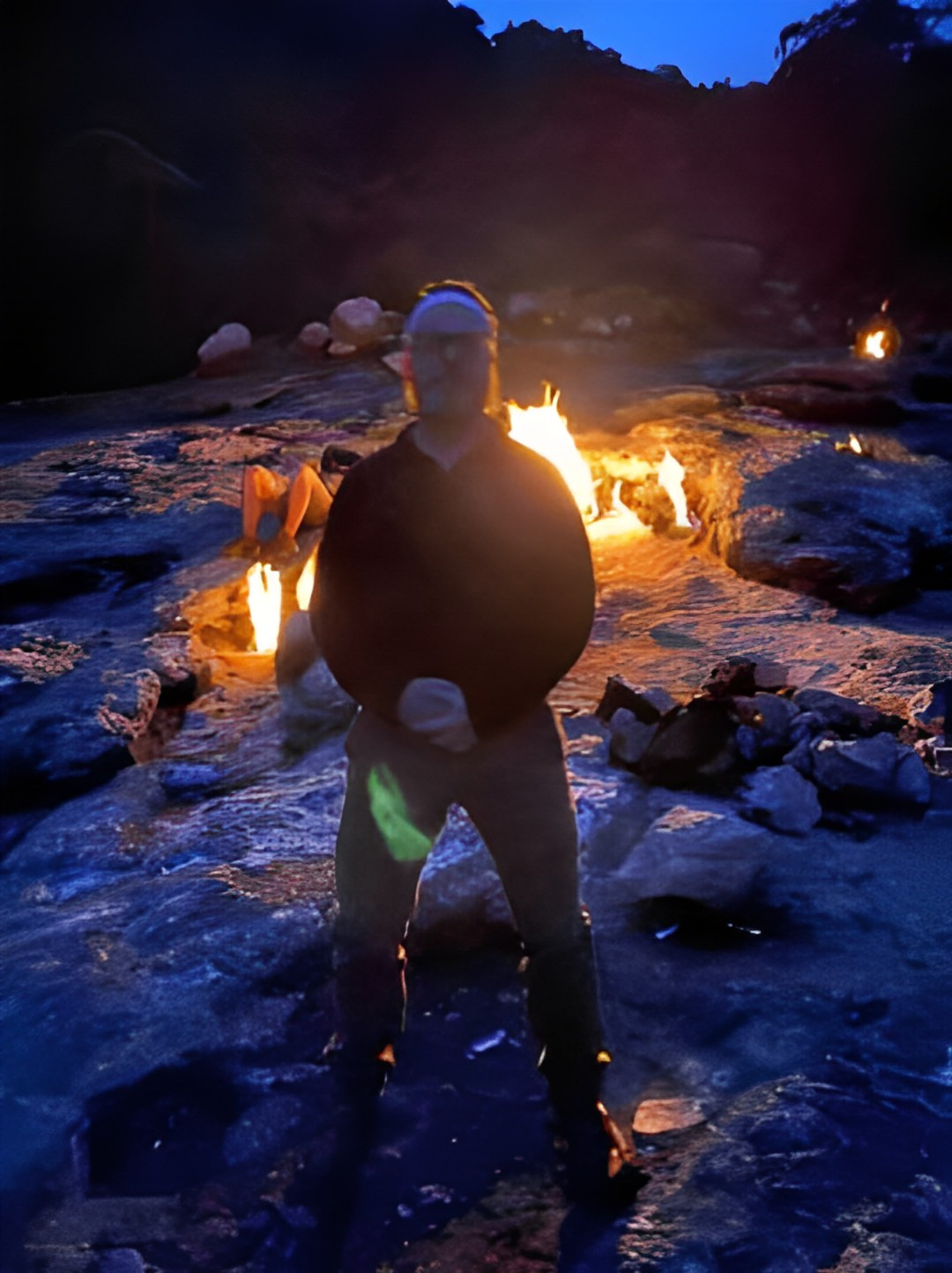
Learning concentration is a very common exercise in meditative circles involves staring at rocks.
To an outside observer this ranks with watching paint dry in its entertainment value.
Most run of the mill meditative organizations are populated by jerks of various stripe that never bother to explain the value of the exercise either, expecting the practitioner to figure it out. This ends up wasting a lot of very valuable time and essentially acts as a hazing ritual within the organizations involved.
It is also why I’ve rarely learned anything of value from the clergy in meditative circles.
This is not a criticism of their personnel involved in service to the community. Those involved in the service aspect of religious organizations literally do God’s work.
It is a criticism of the meditative instructors in these organizations and their unwillingness to teach complete meditative skills to laypeople.
Four phases exist to staring at rocks. These are:
- Building concentration/will
- Building astral energy
- Building mental energy
- Building Akasha
For more on what some of these things are: Akasha – SixtySkills
The first phase centers around the effects central to the pen exercise I discussed in the last post. You are essentially building your ability to concentrate and control your senses.
After a certain amount of time, it could be as little as a minute or two, time will appear to suspend itself. A very soft sensation will begin to breathe in and out of the pores. It is best sensed in the space between breathes or when engaged in breath holding work. This is astral energy being drawn in and out of the body via the pores in the skin.
This is one of the reasons why many systems employ breath holding or use a multi-part breathing pattern (4 second inhale, 4 second hold and 4 second exhale).
Generally speaking, performing the exercise in a seated position is much easier to experience this the first few times you do it.
After a few more minutes, the sensation of your awareness expanding out in all directions should occur and it is generally centered in the head. A pressure in the head and a kind of floating sensation will take place. This represents mental energy being generated.
A practitioner can spend a lot of time at the mental level of focusing the attention. But at some point, the Akashic level needs to be explored. A few moments may be all that it takes to move into this level for an advanced practitioner, but it could take months, or longer, to achieve the state the first time solely using this method.
At the Akashic level, the item being stared out will disappear for a split second. It can appear to flicker as well. The interesting part is that when this happens for a practitioner if someone else is looking at the object at the same time, even if they are not in the meditative state, it will appear to disappear to them as well.
Someone who is especially observant may see a dark purple, or black colored, energy begin to creep into their visual periphery while doing this. That is Akasha, ether, or the energy of the void as it is mentioned in some circles.
Generally speaking, working with the elements is a more reliable method for inducing contact with ether, but the two different methods reinforce one another.
Comprehensive training is really the best, even if this is where a lot of schools stop. Consider something like Thai Theraveda practice to be the yin to concentration’s yang. You get the idea.
Of course, learning how to release your concentration also keep you from developing hemorrhoids as most samhadi master have. The choice is up to you.
To learn how to put all of this together, check out the Master Course: Master Course (perseusarcaneacademy.com)







